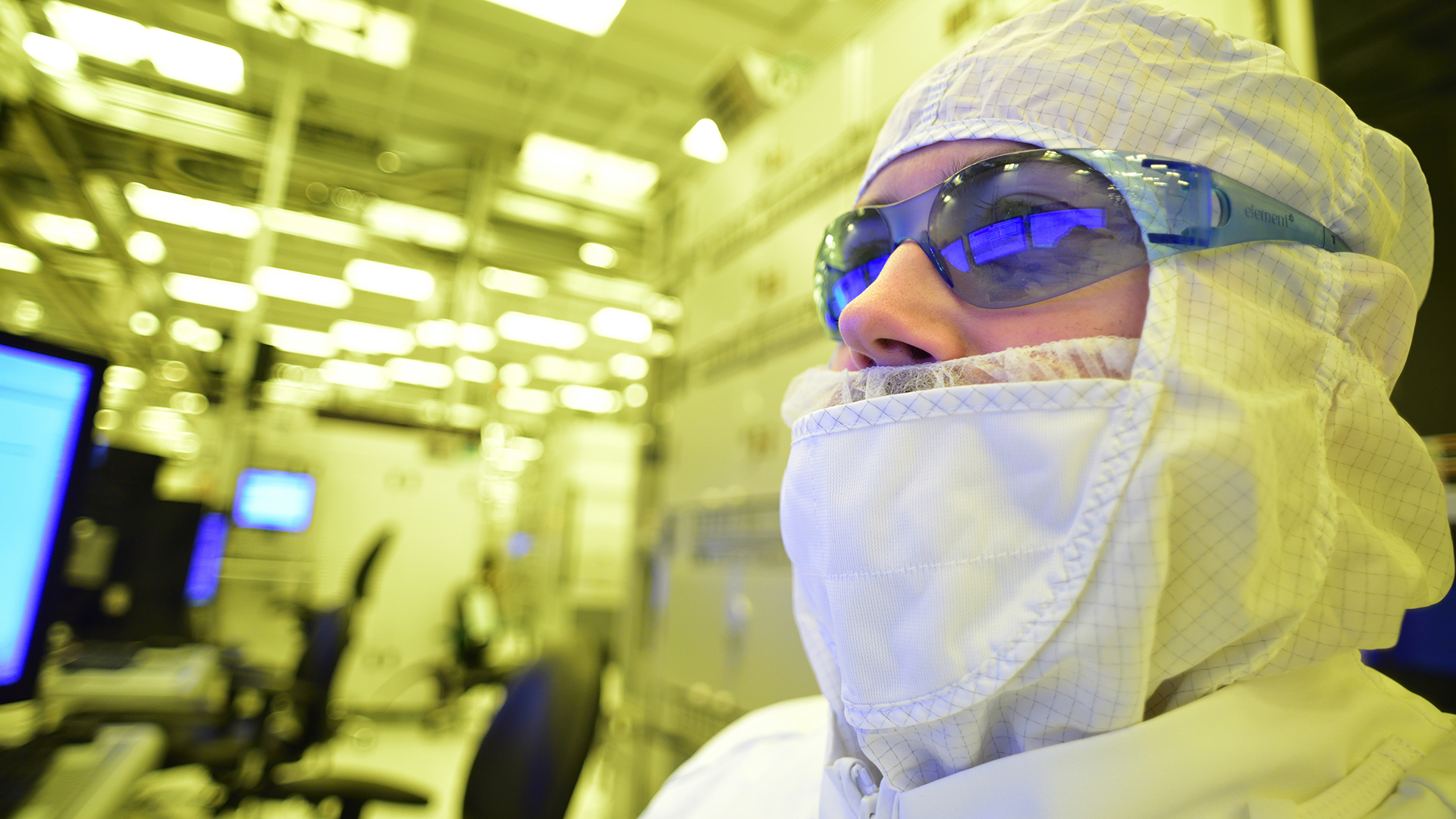Intel 7nm production looking good says new CEO Pat Gelsinger
Majority of Intel's chip-production set to stay in-house.

Intel’s next-gen 7nm production process is looking good. So says none other than Intel’s new CEO and assumed saviour, Pat Gelsinger. The chip maker’s new leader also reaffirmed the Intel’s intention to maintain the majority of its production in house.
Speaking during one of those quarterly earnings calls that analysts love to pick over, Gelsinger revealed that he’d had an initial look at the health of Intel’s upcoming 7nm process and liked what he saw.
“I've had the opportunity to personally examine progress on Intel's 7nm technology over the last week. Based on initial reviews, I am pleased with the progress made on the health and recovery of the 7nm program. I am confident that the majority of our 2023 products will be manufactured internally,” Gelsinger said.
However, Gelsinger also conceded that Intel would need to farm out an increasing range of chips to external foundries. “At the same time, given the breadth of our portfolio, it's likely that we will expand our use of external foundries for certain technologies and products,” he said.

Best CPU for gaming: the top chips from Intel and AMD
Best graphics card: your perfect pixel-pusher awaits
Best SSD for gaming: get into the game ahead of the rest
As for the broader question of Intel’s ability to recover its market-leading position, Gelsinger was upbeat. “Personally, I was very involved in the period where we were diminished in the marketplace and late to multi-core. In that period of time in 2005 through 2009, we turned around the company and unquestionably established the leadership position after a period where many were questioning the ability of the company to be successful yet again.”
For context, Intel's next desktop CPU architecture due out this Spring, Rocket Lake, is set to use Intel's elderly 14nm process. Only with Alder Lake towards the end of 2021 will Intel move to 10nm technology. That's at least five years behind Intel's original intentions. Indeed, Intel originally had 7nm slated for introduction around 2017.
Meanwhile, Taiwanese megafoundry TSMC has been relatively successful pushing forward with new production nodes, and currently has around 20 percent of its output on a 5nm node said to be roughly comparable to Intel 7nm in terms of feature density.
The biggest gaming news, reviews and hardware deals
Keep up to date with the most important stories and the best deals, as picked by the PC Gamer team.
Long story short, it seems Intel has decided to stick with its current business model of designing and manufacturing chips in-house, at least for the foreseeable future. Recently, speculation has mounted that Intel’s 10nm and 7nm nodes were so problematical, the company might have to consider moving to a purely IP-based model in which it designed CPUs and other chips, but farmed out production to an external facility, such as TSMC.
Gelsinger’s comments are a pretty unambiguous rebuttal to that notion. However, with 10nm delayed by around five years, with knock on effects to 7nm, itself previously said to be falling behind schedule, Intel’s recovery will be far from immediate. We still expect Intel to use foundries like TSMC to fill the gap over the next few years even Gelsinger’s take on 7nm is accurate and it does get Intel back on track.
Overall, it bodes well for Intel’s ability to take the fight back to AMD, which is good news for PC gamers. While AMD is currently going from strength to strength, a healthy Intel will ensure AMD and Intel keep pushing each other forward, making our PCs faster and faster. But we’d still counsel a little patience. It will take time for Intel to fully recover. Best case scenario, the next few years will be bumpy at best for Intel.

Jeremy has been writing about technology and PCs since the 90nm Netburst era (Google it!) and enjoys nothing more than a serious dissertation on the finer points of monitor input lag and overshoot followed by a forensic examination of advanced lithography. Or maybe he just likes machines that go “ping!” He also has a thing for tennis and cars.

